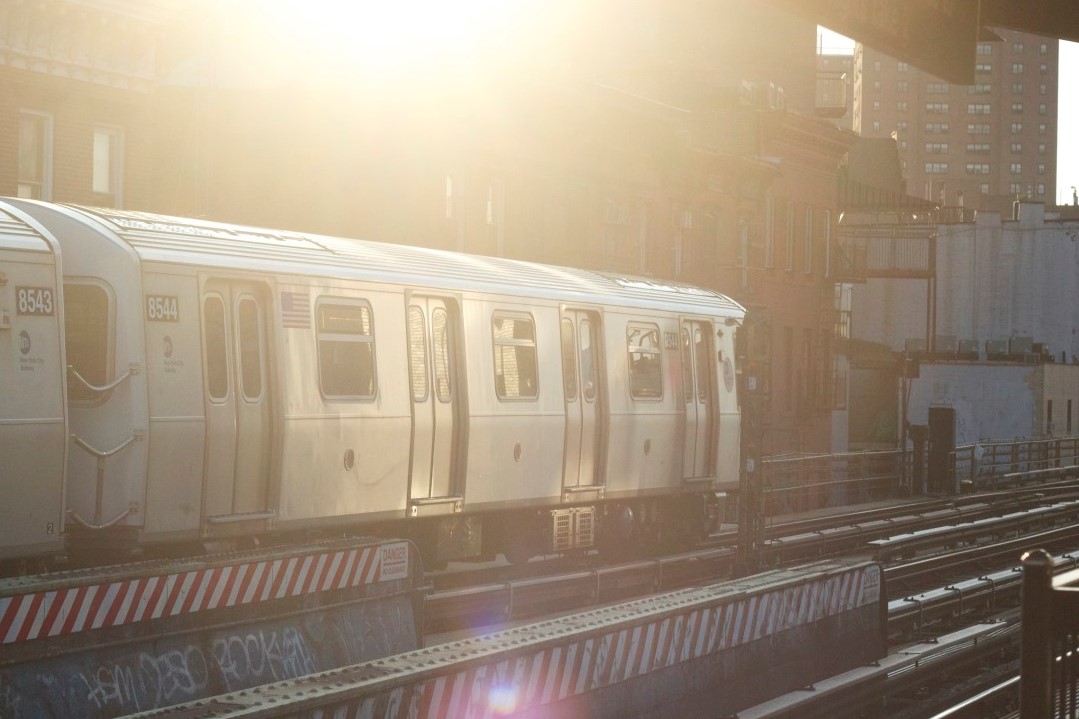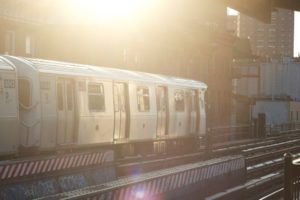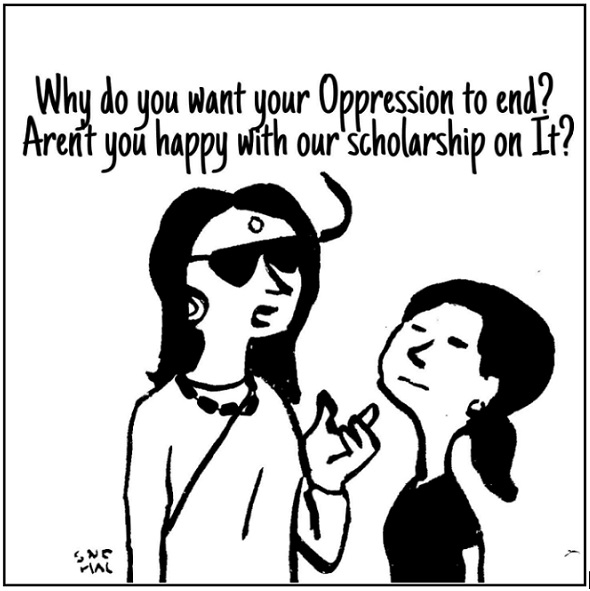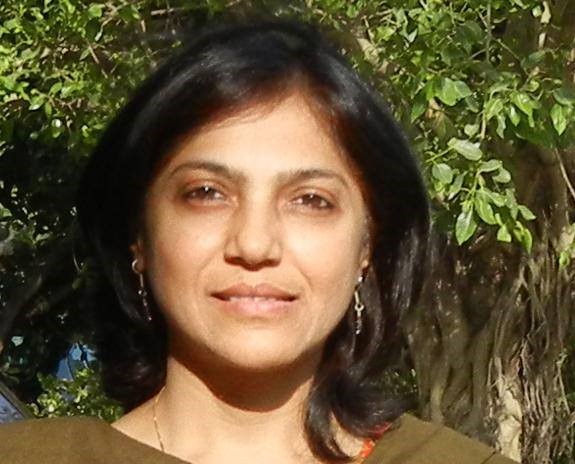Anu Ramdas
‘Sir, do you want me to call an ambulance?’
Incoherent response.
‘Sir, you cannot be sleeping here.’
The man wakes up, gathers his bag and blanket and is led out of the railway station by the policeman. The time was 6.45 am, temperature around 30F.
People sleeping in the railway stations and bus stops and being asked to move on is a familiar scene to me. The unfamiliar part for me was the polite manner this was done. Whether the words conveyed concern or threat or enforceable power is hard to guess. There is a strange relationship that I have noticed between the police and the homeless people using NYC’s subway system to stay warm, stay alive. I am unable to articulate it, but there seems to be an understanding that parts of the railway system will shelter the homeless.
One week ago, when the orders came that we are to work from home, I was in a station heading to DC. I had never been to this railway station, so I was early to give myself time to become lost and find my way to the right track. It was around 4.00 am. The cold was not as cold if you were moving and layered up. The main station hall had the usual uniformed men, and few homeless people standing around, there were no benches. The tracks were on the upper level. I pushed open the glass doors and asked the first person sitting on the lowest step if the stairs led to Track 4. As I climbed up, every two steps had one person sleeping, one step for them to sit and the second to hold their sleeping upper torso. A zone of two flights of stairs where sleep was allowed. The hall and platforms were out of bounds. Music played over the station speakers for the next hour as I waited for my train. Only two other passengers were boarding it.
The pandemic and its vociferous advice of social distance is useful to the people on those stairs, in the slums, in refugee camps, in the places where distance from other humans is a luxury?
The world has no solutions, no rapid response to human suffering caused by congested spaces and denial of basic resources to vast swathes of humanity. Social distance sounds obscene to me at too many levels. Social distance without its location in supremacism cuts no scientific ice. Social distance of the privileged, by the privileged and for the already socially distant people to be safe from the virus is the only factual part.
The Brahmin belief system in India gave the world the anti-social, anti-human, birth-based, occupation-fixed, religiously sanctioned social and economic structure that codifies social distance and excludes the majority. It has materialized into the robust supremacist social order called caste. It is a two or 3 thousand year all pervasive religio-legal power system that is built explicitly to enforce caste distance, carrying a complex system of penalization for violation of the prescribed social distance between members of brahmin-savarna castes and the bahujan castes. This new virus-induced and suddenly global concept of ‘social distance’ like so many other isms will be shored up as new justifications for caste, untouchability, and supremacism.
Across the globe, the rich nations with far superior health care systems are shutting their borders, resources, and responsibilities. In one swift act they get to wash their hands off of the ravages they wrought on peoples and societies.
We lived and will continue to comfortably live with these facts:
785 million people lack even a basic drinking-water service, including 144 million people who are dependent on surface water.
Globally, at least 2 billion people use a drinking water source contaminated with faeces.
Contaminated water can transmit diseases such diarrhoea, cholera, dysentery, typhoid, and polio. Contaminated drinking water is estimated to cause 485 000 diarrhoeal deaths each year.
By 2025, half of the world’s population will be living in water-stressed areas.
In least developed countries, 22% of health care facilities have no water service, 21% no sanitation service, and 22% no waste management service (WHO).
Every disease or disruption is an opportunity to reevaluate our humanity. The current pandemic should have elicited a call to overhaul health care systems all over the world, a call to unite resources and medical and scientific capabilities to be accessed by every human.
Social distance is economic distance- in an unequal world, it reinforces supremacism not science.



